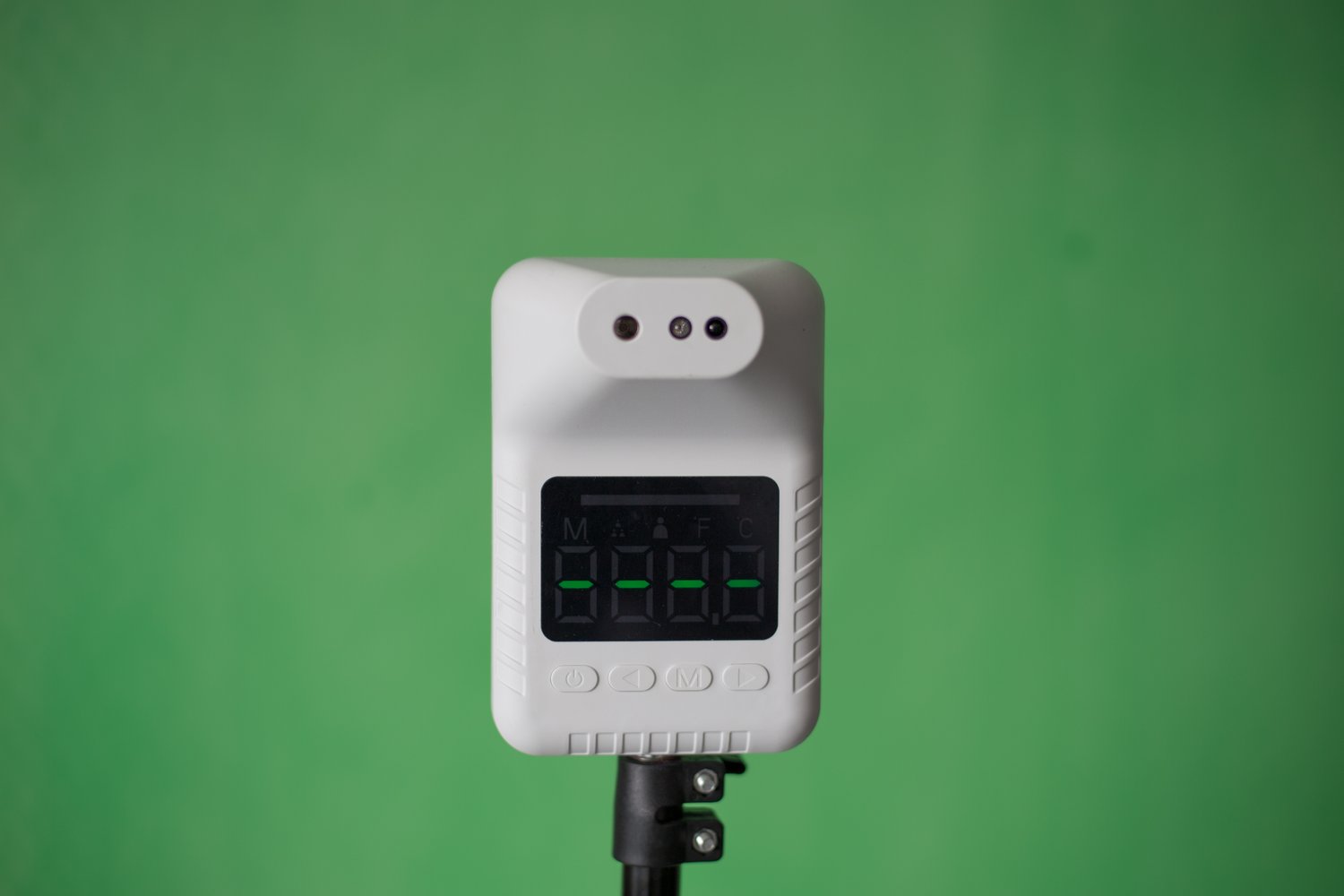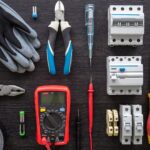In today’s rapidly advancing smart home technology, even your mail can join the digital revolution. However, with innovation comes the inevitable hiccups. Smart mailbox sensors, designed to send notifications and rely on consistent power, are no exception to this rule. When these sensors malfunction, it can lead to missed alerts and power interruptions, which can disrupt your connected home experience.
- Uncover how to effectively diagnose notification and power issues that plague smart mailbox sensors.
- Learn the signs of notification failures and discover quick troubleshooting tips to address them.
- Explore the typical causes behind power problems and find out how to ensure a steady power supply for your smart sensors.
By delving into these common malfunctions, you’ll gain essential insights into maintaining the seamless operation of your smart home ecosystem. This article will empower you with the knowledge needed to tackle and resolve these challenging issues, enhancing your home’s efficiency and reliability.
Diagnosing Smart Mailbox Sensor Malfunctions: Notification and Power Problems
Smart mailbox sensors are designed to seamlessly integrate with your home’s smart system, offering convenience and efficiency. However, like any technology, they can sometimes face notification and power issues. Understanding these typical causes can help you diagnose the problems effectively.
One common cause of notification problems is poor signal strength. This can occur due to the sensor being too far from the home network’s router. Another potential issue is interference from other wireless devices. Ensuring that your smart mailbox sensor is within range of the router and reducing interference can often alleviate notification failures.
Power problems might arise from weak batteries or improper electrical connections. Regularly checking the battery life and ensuring all connections are secure can help maintain optimal functionality. Electrical interference from other devices in close proximity can also lead to power inconsistencies, so a check on these factors might be necessary.
By understanding these causes, you can begin to identify and troubleshoot issues with your smart mailbox sensor comprehensively, ensuring a seamless smart home experience.
Identifying Notification Failures in Smart Mailbox Sensors
Notification failures in smart mailbox sensors can disrupt the convenience they are meant to provide. It’s essential to learn to recognize these signs early to address them swiftly. The first sign of notification failure is the absence of alerts when mail is delivered. This can be due to a loss of connection or software glitches within the smart system.
To troubleshoot, start by checking the app settings associated with the smart mailbox sensor. Ensure that notifications are enabled and that the app is updated to the latest version. Resetting the sensor or reconnecting it to the network may also resolve these issues.
Additionally, assess if there are any recent changes in the home environment, such as new electronic devices, that may interfere with the sensor’s signal. By following these troubleshooting tips, you can resolve notification issues and ensure that your smart mailbox sensor provides timely and accurate alerts.
Resolving Power Problems in Smart Mailbox Sensor Malfunctions
Smart mailbox sensors have revolutionized the way we track and receive mail, offering a seamless integration into the smart home ecosystem. However, like any electronic device, they are not immune to power problems that can hinder their functionality.
Power supply issues in smart mailbox sensors can manifest due to a variety of reasons. One of the most frequent causes is battery depletion. Given the sensors are often powered by batteries, it is crucial to regularly monitor and replace them to ensure uninterrupted operation. Battery replacement intervals can vary based on usage and environmental conditions. Always opt for high-quality, long-life batteries to enhance performance.
Another common cause of power issues is poor connectivity in solar-powered sensors. These sensors rely on solar panels to charge their internal batteries. If the panels are obstructed by leaves or dirt, they cannot capture sufficient sunlight, leading to power shortages. Regular cleaning of the solar panels can be a simple yet effective solution.
Loose electrical connections within the sensor package can also trigger power malfunctions. Over time, vibrations or weather conditions might cause these connections to loosen, interrupting the power flow. Inspecting and securing these connections can restore the sensor’s functionality.
Lastly, electronic component failure due to exposure to harsh weather could lead to operational issues. Ensuring your smart mailbox sensor is properly weatherproofed and protected against moisture and extreme temperatures can prevent such failures.
Proactively addressing these power problems not only prolongs the lifespan of your smart mailbox sensor but also ensures your smart home functions efficiently. Regular maintenance and timely interventions are key to resolving power issues and enhancing your smart home experience.
Frequently Asked Questions on Smart Mailbox Sensor Malfunctions
What causes smart mailbox sensor notification failures?
Network connectivity issues and sensor software bugs are common causes of notification failures.
How can I fix inconsistent notifications from my smart mailbox sensor?
Check your Wi-Fi signal strength and ensure your sensor firmware is up to date.
Why does my smart mailbox sensor keep losing power?
Frequent power loss can be due to low battery or faulty connections.
What should I do if my smart mailbox sensor stops working completely?
- Restart the sensor
- Replace the batteries
- Check all connections
Can I prevent future issues with my smart mailbox sensor?
Regularly update firmware and perform routine maintenance checks to prevent future issues.





